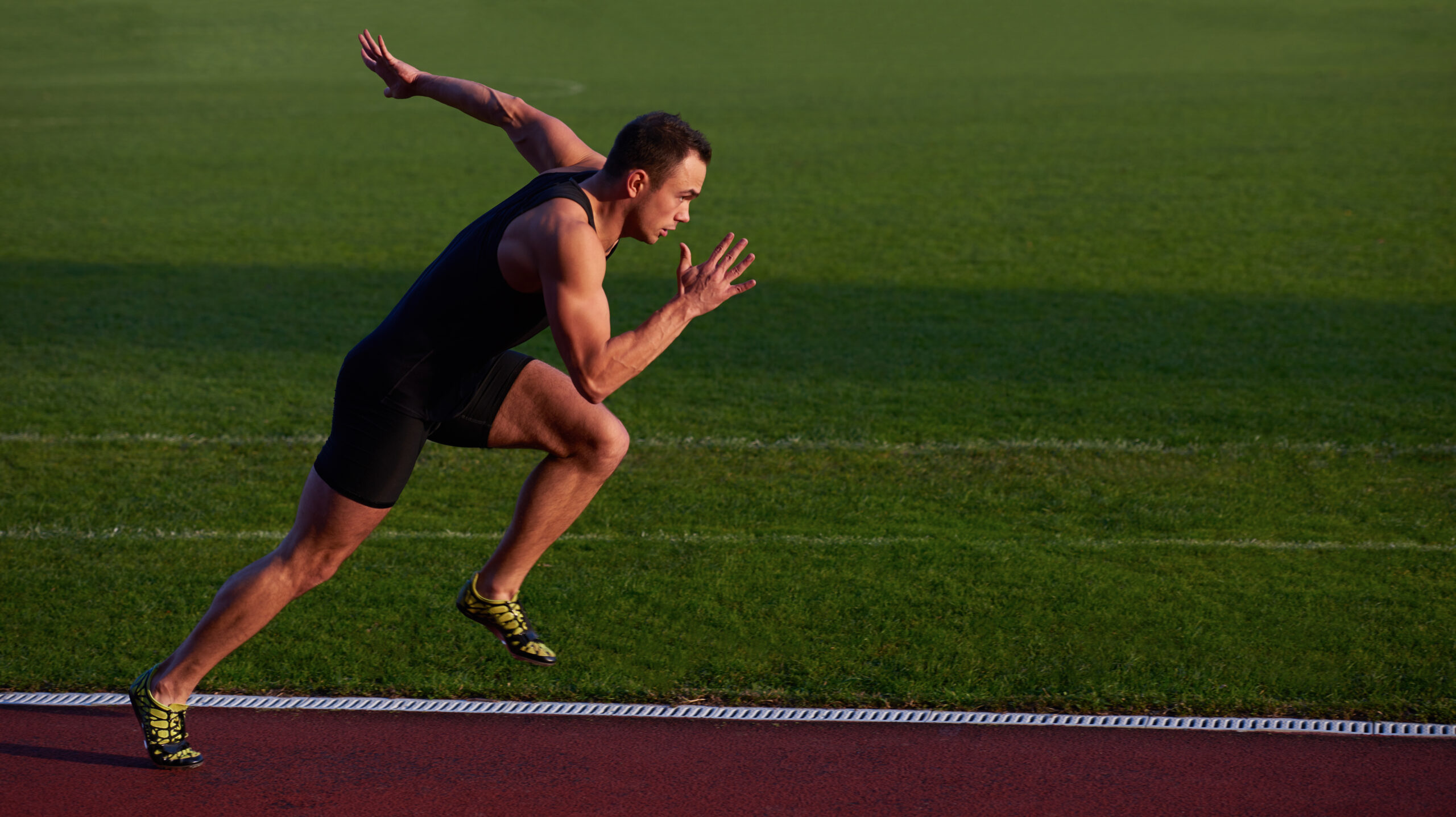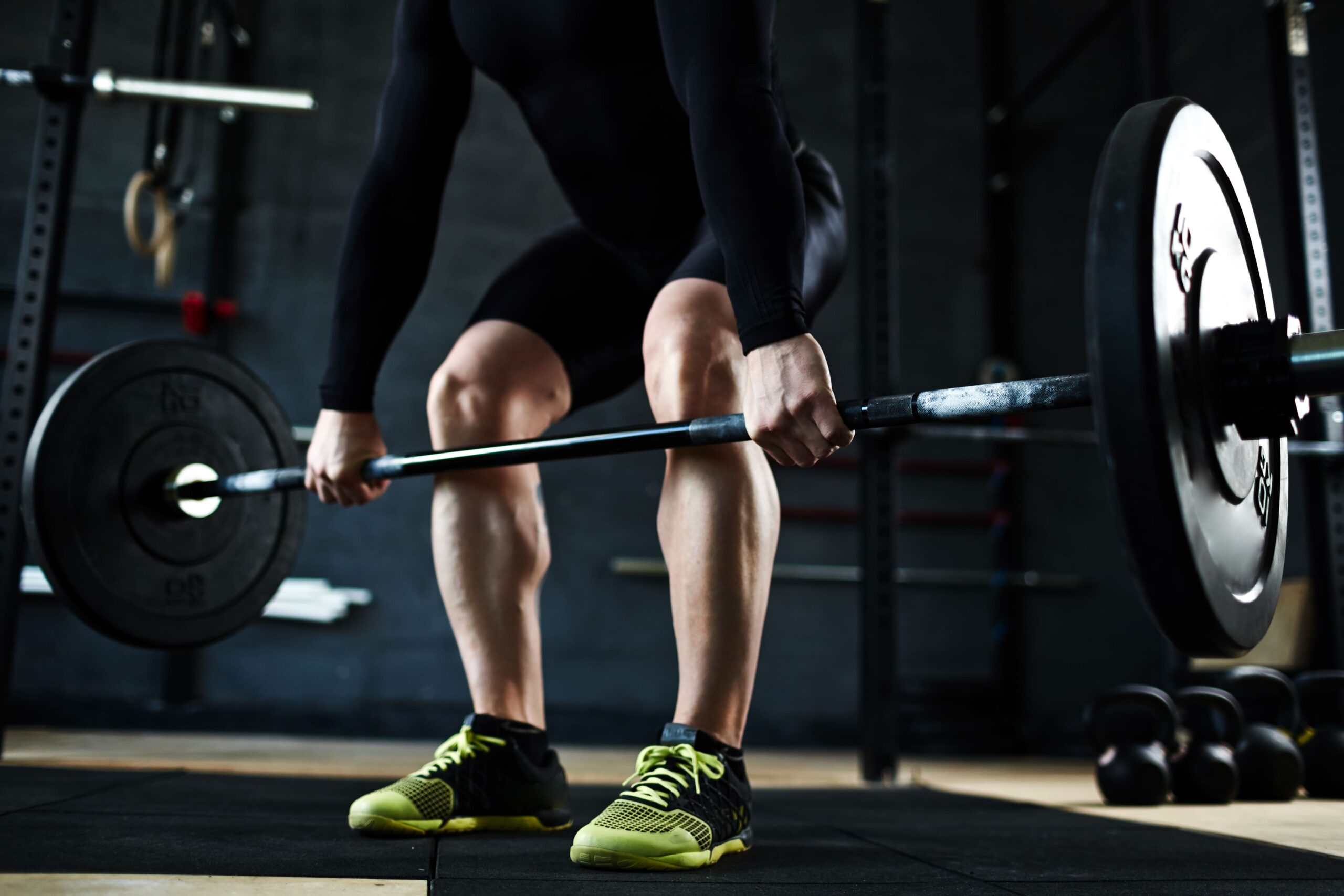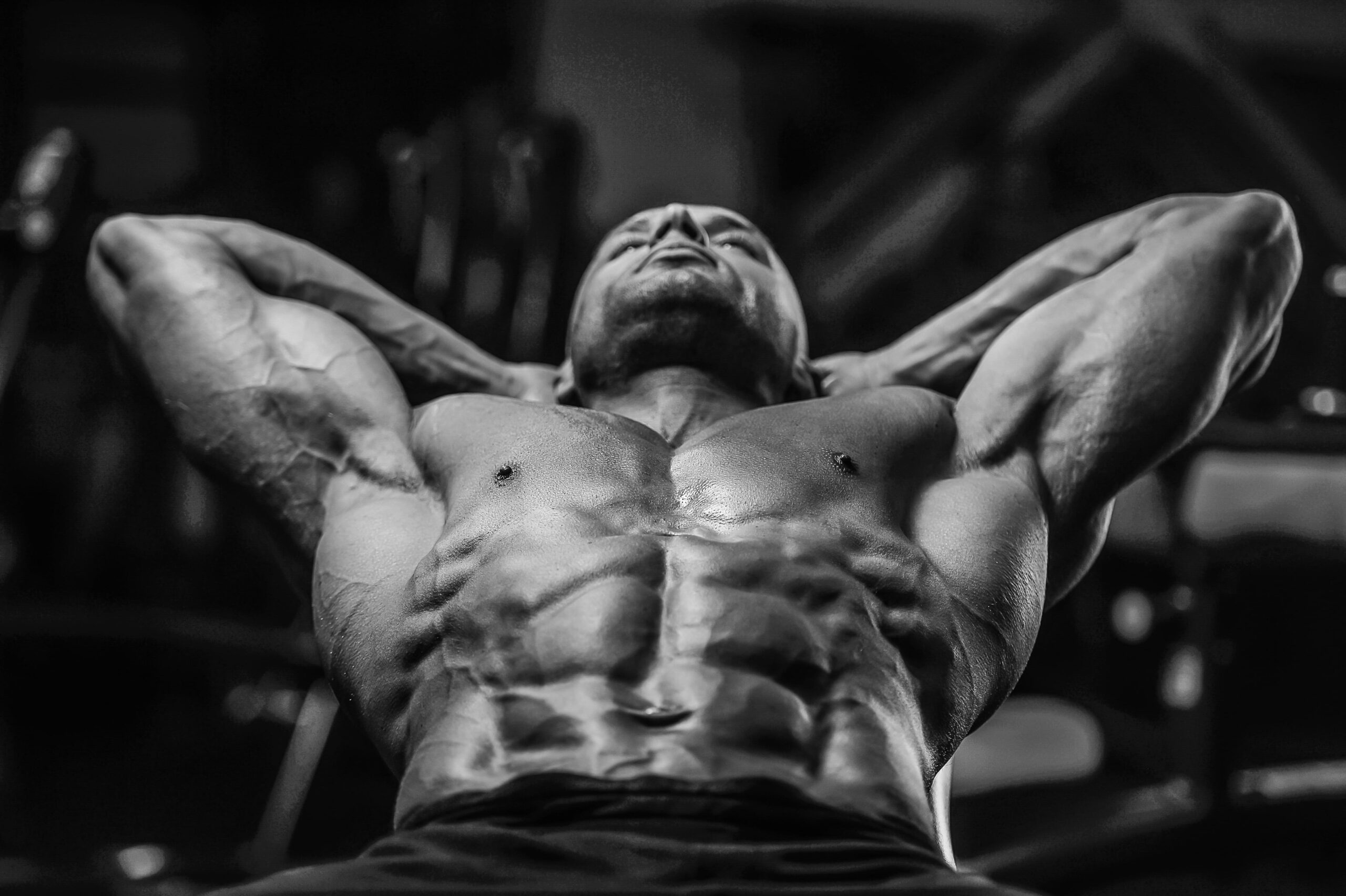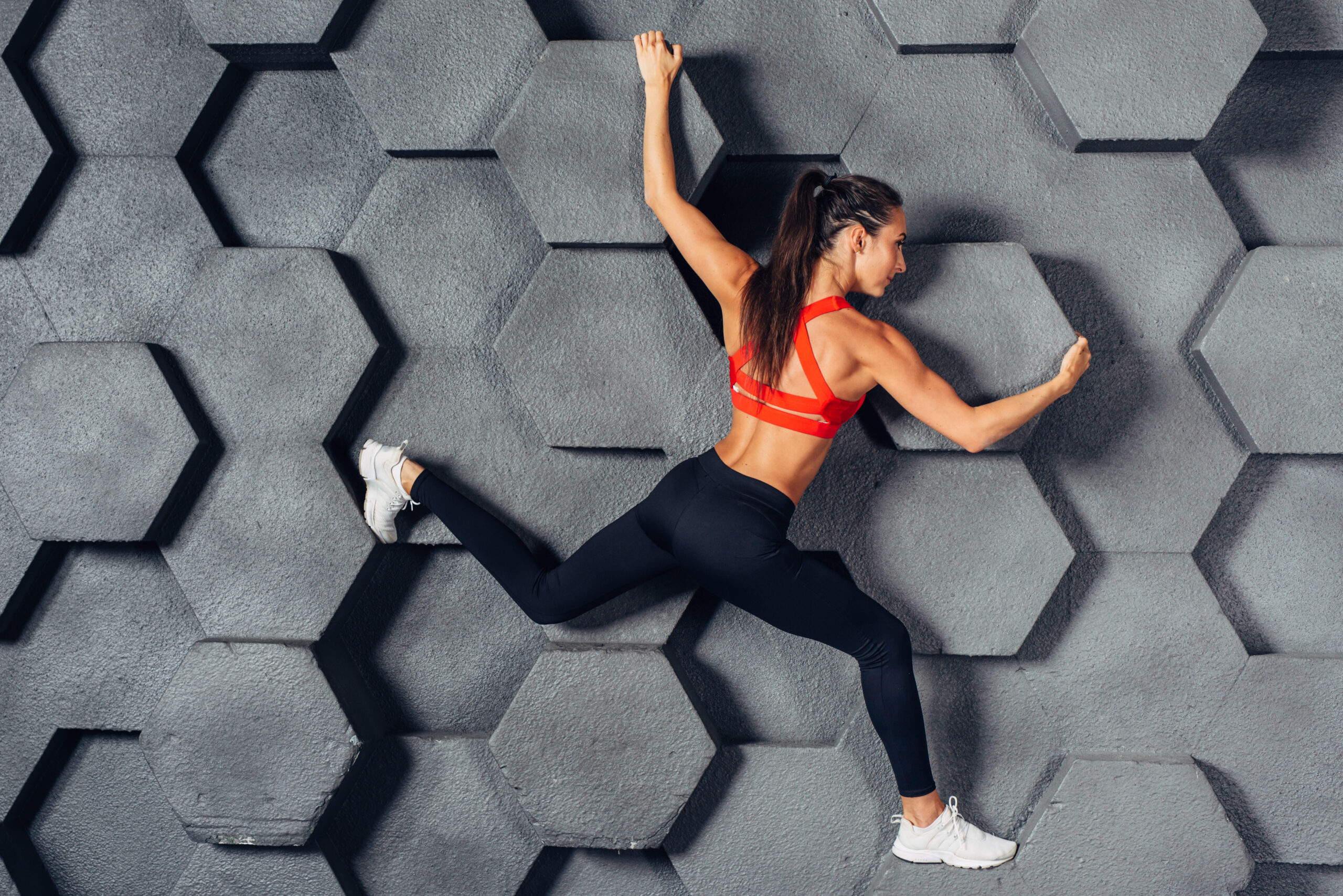If you have ever admired a professional athlete, you’ve probably wondered how they reach that level of performance. Training like a professional athlete is a complex, dedicated process involving not only intense workouts but also proper recovery, nutrition, mental preparation, and the right tools. In this guide, we’ll explore how you can train like the pros do. Get ready to transform your approach to fitness, step up your game, and embrace the dedication it takes to train at the highest level. Let’s dive in!
1. Establish Clear Goals
The first step in training like a professional athlete is to identify your goal. What do you want to achieve? Whether you want to run faster, lift heavier, be stronger, or become better at a particular sport, having a clear goal in mind will help you to structure your training appropriately. Professional athletes don’t just “work out”; they train with purpose. The more specific your goal, the better your training plan will align with your desired results.
2. Build a Training Plan
Professional athletes don’t wing it; they have meticulously crafted training schedules. Your plan should include a mix of aerobic, anaerobic, and strength-based exercises, with a proper schedule to avoid overtraining. If you’re just getting started, using an app like Fitbod can help you to create a structured plan. Many athletes also keep track of their training in fitness journals or planners, and there are plenty available on Amazon with high reviews to help you stay organized.
For example, the Cossac Fitness Journal & Workout Planner is a popular option. It helps you log everything from your sets and reps to your mood, sleep quality, and overall progress.
3. Incorporate Strength Training
Strength training is crucial for developing the power, endurance, and explosiveness required for almost every sport. Professional athletes typically train specific muscle groups on different days, focusing on both compound exercises (like deadlifts, squats, and bench presses) and isolation exercises (like bicep curls and tricep extensions). Using dumbbells or a barbell set can add significant benefits to your strength-training sessions.
If you need quality equipment, consider the Bowflex SelectTech Adjustable Dumbbells, which are highly rated on Amazon for home workouts. Adjustable weights give you the flexibility to scale up your intensity as you grow stronger.
4. Focus on Cardiovascular Endurance
To improve your cardiovascular endurance like a professional, you need a mix of high-intensity interval training (HIIT) and steady-state cardio. HIIT improves your ability to handle short bursts of intensity, while steady-state cardio builds your aerobic endurance over time. If you don’t like running outside, investing in a treadmill like the NordicTrack T Series Treadmill is an excellent option. This treadmill comes with various workout programs and is well-rated on Amazon for its durability and functionality.
Additionally, skipping rope is an often underrated tool for cardiovascular fitness. Top athletes use it to work on coordination, speed, and endurance. You can try the Crossrope Get Lean Jump Rope Set, which comes highly rated and includes interchangeable ropes that vary in weight to target different skills.
5. Prioritize Mobility and Flexibility
Mobility and flexibility are foundational to athletic performance. They keep you limber, help prevent injuries, and ensure your muscles can move through their full range of motion. Professional athletes stretch before and after every workout, and they also use foam rollers for myofascial release, loosening up the muscles and reducing soreness.
Consider picking up a TriggerPoint GRID Foam Roller from Amazon, a favorite of many athletes due to its multi-density exterior, which allows for better pressure control.
In addition to stretching and foam rolling, yoga is an excellent addition to your regimen. It focuses on flexibility, balance, and core strength, which all play a role in athletic performance. Even just 20 minutes of yoga, a few times a week, can make a big difference.
6. Nutrition and Hydration
Training like a professional athlete means adopting an eating routine that matches your physical output. Athletes require balanced meals, with a mix of protein, carbohydrates, and healthy fats. Protein supports muscle repair and growth; carbs provide energy, and healthy fats keep you satiated and support various bodily functions.
Consider supplementing your diet with high-quality protein powder. Optimum Nutrition Gold Standard Whey Protein is one of the most popular options on Amazon, thanks to its high rating and easy mixability. It’s perfect for smoothies or post-workout shakes.
Don’t forget hydration! Staying hydrated is non-negotiable for athletic training. A great product that will help you stay on top of hydration is the Hydro Flask Water Bottle — it keeps your water cold for hours and is very durable, making it a favorite of athletes everywhere.
7. Recovery Techniques
Recovery is just as important as training when it comes to developing your athletic ability. The saying goes, “You don’t grow when you train; you grow when you recover.” Professional athletes incorporate several methods of recovery to ensure their bodies are fully recuperated before the next session.
Sleep is the number one recovery tool. Make sure you’re getting at least 7-8 hours of high-quality sleep. Consider using products like a weighted blanket or sleep aids like the Dodow Sleep Aid Device, available on Amazon, which helps calm your breathing and relax you to fall asleep faster.
In addition to sleep, athletes use other recovery techniques like ice baths and compression therapy. While an ice bath may be a bit extreme for home use, a Theragun Mini Massage Gun is an excellent investment for self-myofascial release to ease sore muscles.
8. Mental Training
Professional athletes train their minds as much as they train their bodies. Mental strength is what separates good athletes from the best. Visualization, meditation, and positive self-talk are tools athletes use to stay motivated, overcome challenges, and maintain focus.
There are several meditation and mental training apps like Headspace or Calm that are available for both iOS and Android. A consistent meditation practice can help you build resilience and improve focus, two characteristics crucial for elite-level performance.
Consider creating a pre-performance ritual, which could include breathing exercises, a specific warm-up routine, or listening to your favorite playlist. These pre-game rituals help many athletes to focus and reduce anxiety.
9. Track Your Progress
Professional athletes constantly track their performance. Data helps them to understand what’s working, what needs to change, and how they can continue progressing. Using a fitness tracker, such as the Fitbit Charge 5, is an easy way to keep track of heart rate, calories burned, sleep quality, and much more.
The data you collect can give insights into how well you’re recovering, how intense your sessions are, and if you’re getting enough rest and nutrition. Wearable fitness tech is a game-changer when it comes to creating a professional-like training experience.
10. Train with a Coach or Join a Team
Professional athletes almost always work with a coach. Coaches are invaluable for providing structured workouts, giving objective feedback, and pushing you when needed. If hiring a coach isn’t feasible for you, consider joining a local sports team or hiring an online coach.
Training with other people provides accountability and helps you stay motivated. Apps like Future can connect you to a personal trainer who can create a customized training program for you. Similarly, participating in group workouts or classes like CrossFit or OrangeTheory helps you experience that sense of camaraderie and accountability that makes professional training environments so effective.
11. Train With Intensity and Rest With Intention
Professional athletes know that it’s not about spending endless hours in the gym but rather about training with purpose. The quality of your training is far more important than the quantity. Each time you hit the gym, go into your training with the intent to push yourself, work on a specific skill, or improve a specific area of fitness.
At the same time, you need to rest with the same level of intent. This means taking rest days seriously, and incorporating active recovery sessions that help promote blood flow, such as light cycling, walking, or swimming. Tools like compression socks and elevating your legs can help boost recovery as well.
12. Understand Your Weaknesses
One hallmark of professional athletes is their ability to objectively assess their own performance. They don’t just work on the things they are good at – they relentlessly address their weaknesses. You need to honestly evaluate your performance and determine where your weaknesses lie.
Once you identify weak areas, it’s time to turn them into strengths. For example, if you struggle with endurance, then placing extra emphasis on aerobic exercises and ensuring you build up your cardiovascular fitness can make all the difference. If mobility is an issue, spending extra time on flexibility, yoga, and corrective exercises will help.
13. Nutrition Timing
In addition to eating well, professional athletes are strategic about when they eat. This timing can greatly affect performance and recovery. The key is to make sure your body is getting the right nutrients before and after training.
About 1-2 hours before a workout, you want to focus on complex carbohydrates and moderate protein to give you sustained energy. Post-workout, you want a combination of protein and carbs to replenish glycogen stores and support muscle recovery. The Orgain Organic Plant-Based Protein Shake is highly rated on Amazon and a convenient option for fueling your body post-training.
14. Never Skip the Warm-Up and Cool Down
Warming up and cooling down are two parts of training that are easy to skip, but professional athletes know their value. A proper warm-up prepares the body, reduces injury risk, and improves overall performance during the workout. This can include dynamic stretches, foam rolling, and gradually increasing your heart rate.
Cooling down is just as important, as it helps return your body to its normal state, reduces soreness, and begins the recovery process. Spend 5-10 minutes after each workout doing light cardio and static stretches. You might find that a yoga mat like the Manduka PRO Yoga Mat is very useful for both warm-up stretches and cool-down routines.
15. Enjoy the Process
The final secret to training like a professional athlete is to enjoy the process. It can be easy to focus too much on the end result, but the reality is that professional athletes get where they are because they love what they do. Find joy in your training. Celebrate the small wins and try not to compare yourself to others. It’s your journey, and every bit of progress you make is worth celebrating.
Listen to your body, keep it balanced, and most importantly, have fun with your workouts. Whether you’re working on your endurance, strength, or mental toughness, every effort you make is a step toward the best version of yourself.
Conclusion
Training like a professional athlete takes dedication, intensity, and consistency. By setting goals, creating a proper training plan, focusing on mobility, nutrition, mental health, and using the right products, you’re on your way to transforming your performance. Stay disciplined, track your progress, and make sure you’re taking time for rest and recovery.
Always remember: the journey to becoming your best self is a marathon, not a sprint. Professional athletes spend years reaching peak condition. With persistence, the right mindset, and the tools mentioned in this guide, you’re well on your way to training like the best of them.
This post may contain affiliate links, which means I may earn a small commission at no extra cost to you if you make a purchase through these links. As an affiliate, I only recommend products or services I trust and believe will provide value to my readers.



